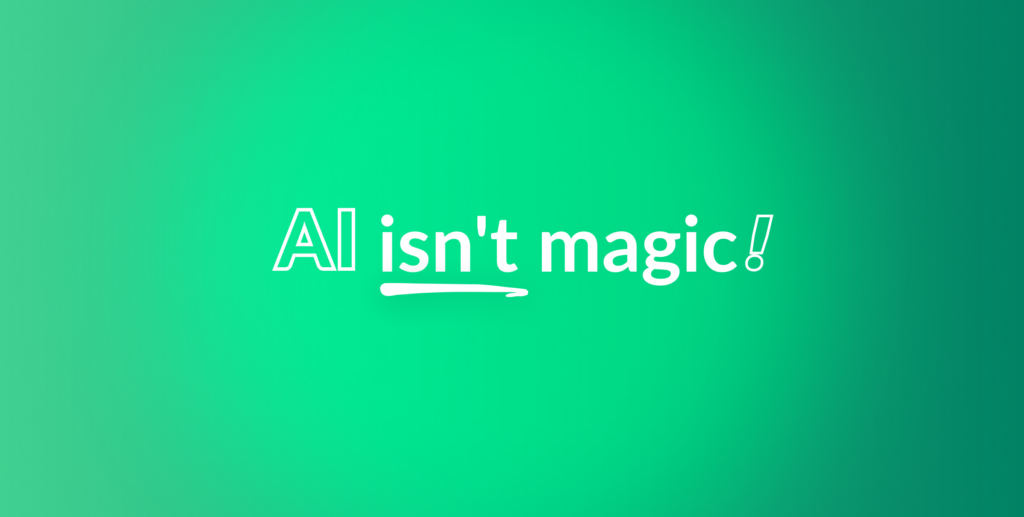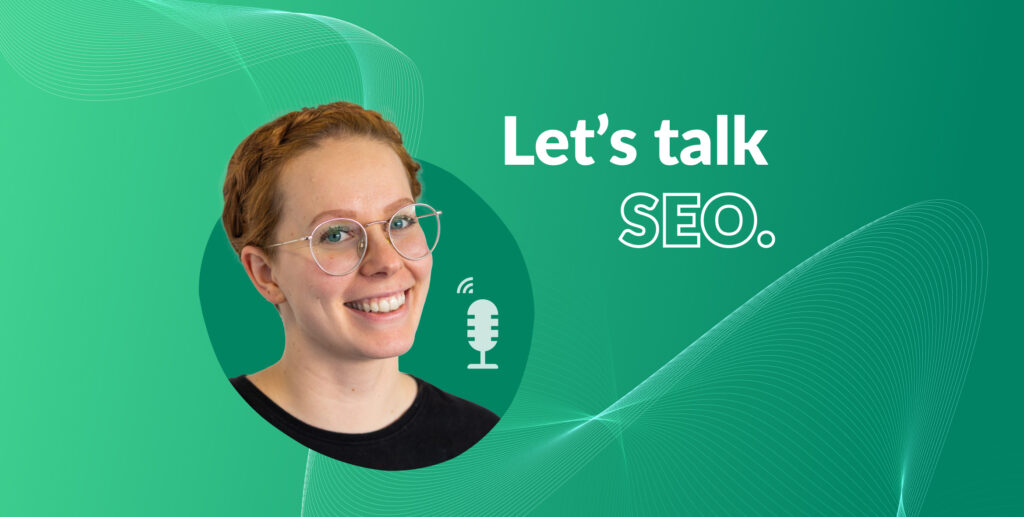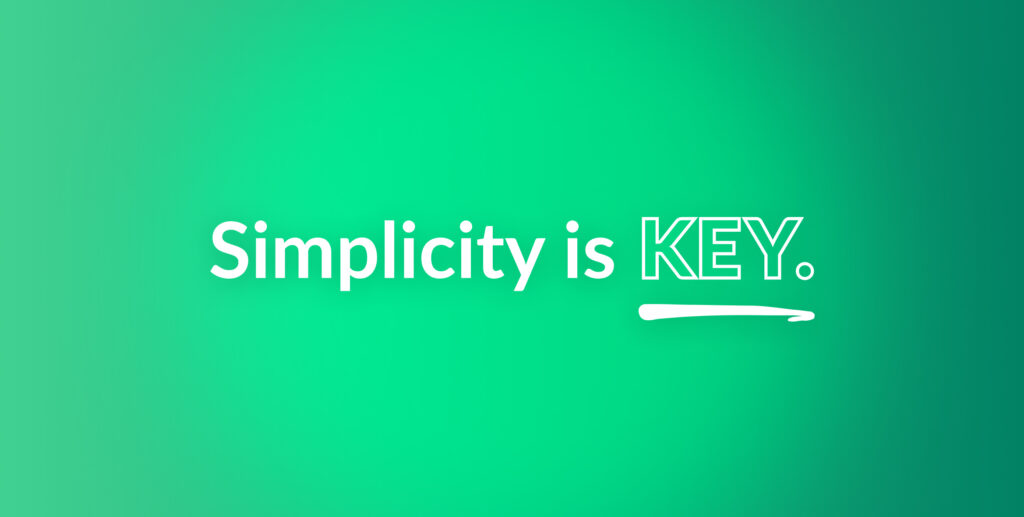What does AI in marketing mean in practice?
“95% of what marketers use agencies, strategists, and creative professionals for today will easily, nearly instantly and at almost no cost be handled by the AI”
Sam Altman, CEO of OpenAI
If you’re a marketer, chances are you’re probably sick of hearing variations of this quote going around.
However, it’s important to view artificial intelligence (AI) as a tool rather than a threat. Much like the advent of the internet and social media, AI will transform creative marketing, not eliminate it.
Hyperbolic statements like Altman’s misunderstand the essence of marketing. They suggest that creating complex, creative campaigns is as simple as inputting a prompt, overlooking the nuanced and human elements involved. Such statements foster an “AI vs. marketers” mentality, which can make marketers hesitant to embrace AI’s potential.
So, where should marketers start with AI? Instead of fear mongering, let’s explore practical ways AI can provide immediate benefits to marketers and agencies, along with some important caveats.
How to use AI in marketing
AI isn’t magic.
If you feed it a lazy prompt: expect a generic idea.
It cannot guess context, tone, audience, product specifics, brand guidelines, and much more.
So if you’ve ever used the free version of ChatGPT and found yourself disappointed by the results this is likely why.
AI content creation is an iterative process, it requires multiple steps and refinement. The more you train AI using the right process, the more the model gains in relevance and quality.
“Every company will have parity models. In the future, your own trained model is the only differentiation you will have,”
Wesley ter Haar, cofounder of Media.Monks
Custom AI models are what the industry is moving towards, particularly with the world’s biggest brands. It wouldn’t be an odd thing if in three-five years’ time, agencies like ours will compete with others based on the models and algorithms we can offer.
Training is key to a successful collaboration with generative AI (GenAI), and that’s where you can already see great results.
Let’s share how, in a practical way. Say, for example, you want to save time creating first drafts of your LinkedIn posts. Here’s what an iterative process with ChatGPT 4o would look like:
- Create a spreadsheet with all your best performing LinkedIn posts
- Give ChatGPT a prompt such as “Read these 10 LinkedIn posts written by (author/company), then summarise their writing style”. Attach the spreadsheet.
- Give a second prompt “Now, using X’s style, write a new post based on this topic:”
- What is the result like? If there are issues, explain them to ChatGPT and tell it when it gets closer to the mark.
- Save the chat, and keep using and training it for every post until it improves.
For ease of comparison, I’ll share below the untrained result, where I asked ChatGPT to write a LinkedIn post about this blog topic:
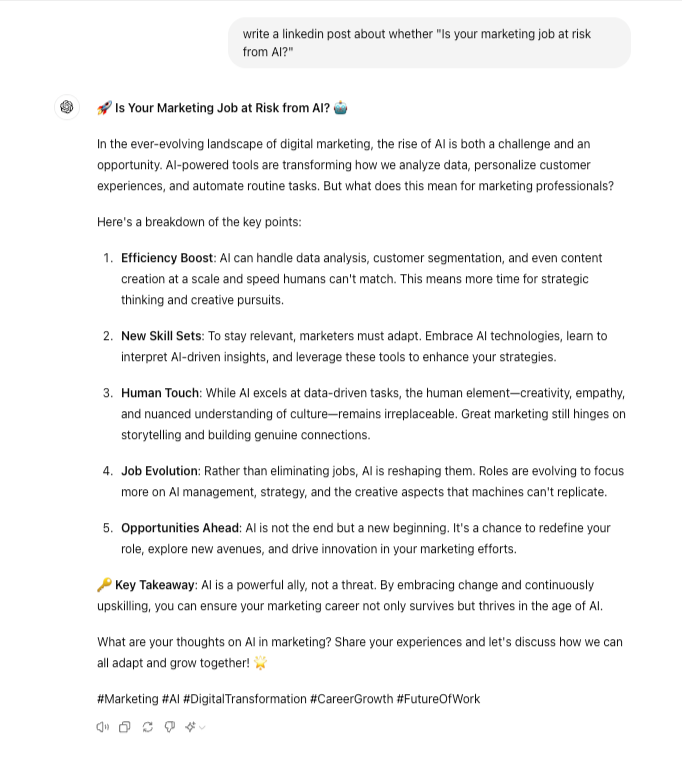
Versus the trained version in which I followed the steps above using Isoline’s best performing posts:
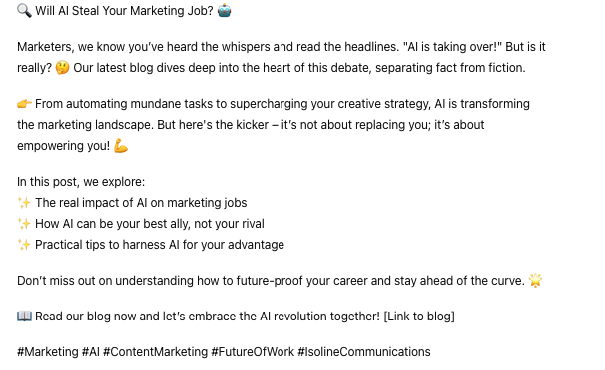
You’ll have to check our LinkedIn company page to see which version we ended up working with!
Top tip: Create your own unique prompt library to save time on repetitive tasks. Here is a comprehensive prompt library to adapt.
6 use cases for GenAI in marketing
When it comes to collaborating with GenAI, we’re only just starting to scratch the surface of what’s possible.
A good way to uncover new ones is simply to:
- Ask yourself: “Could GenAI do this?”
- Experiment and refine: don’t expect immediate success, iterate and improve
- Think holistically: Integrate GenAI with other tools, software, and platforms for maximum efficiency
In the meantime, here are a few simple successful use cases:
- Analyse PDFs and other documents at speed
It’s crunch time and your brain needs to comprehend at speed multiple chairman reports, analyst reports, and whitepapers. Simply attaching them to a ChatGPT conversation and asking for a summary will save you valuable time.
Caveat: while this is great to get quick key takeaways, it doesn’t replace proper human analysis, the risk of AI paraphrasing, misunderstanding, or making assumptions is high.
- Audience research
Use AI to create your marketing persona and train it to answer your questions on goals, objectives, etc. This will help you create more personalised content for your target audience and create an improved customer experience.
Caveat: it of course doesn’t replace asking a real representative of these personas questions. Listen to our latest podcast for advice from Marty Roberts on how to do effective market research.
- Build a chatbot
Engage with prospects faster with AI-powered chatbots that handle inquiries and provide recommendations.
Caveat: It needs to be easy to switch to a human, so the customer doesn’t feel trapped in a robot loop.
- SEO optimisation
Improve search engine rankings by generating keyword-rich content. Go beyond standard keyword research by predicting high-value keywords for your business.
Caveat: This still needs human intervention as enhanced SEO requires a lot of testing, and GenAI won’t necessarily think outside of the box.
- Video edits
GenAI is making it easier than ever to streamline video production processes, for example with Adobe’s new Fast Fill feature. This feature is particularly useful for repetitive video edits, such as adding branded elements.
Caveat: Watch out for audience fatigue around over-polished videos, make sure you leave room for authentic non-AI content.
- Predictive analytics
Use an AI tool that integrates with your analytics to predict behaviour based on that data and launch campaigns optimised by that information.
“We successfully increased user engagement and got more conversions, 14% more than our initial projections. Before, we could only respond to trends, but predictive analytics makes it possible to anticipate them. As a result, we create more effective marketing strategies and run successful campaigns.” Alex Horsman, Head of Marketing, Ammo.com
Caveat: While AI is great at anticipating behaviour based on past interactions, it won’t understand how the existing context could affect it.
10 top GenAI tools for marketers
The one everyone is talking about at the moment. ChatGPT is a natural language processing (NLP) platform. You can use it to generate content, brainstorm ideas, and ask it pertinent questions. Combining it with AIPRM will enhance your ChatGPT experience with tailored prompts.
Jasper (formerly Jarvis) is an AI copilot for enterprise marketing teams. It assists in writing high-conversion copy for blogs, ads, social media, and more. Backed with brand voice, knowledge base and style guide, Jasper is able to get things “right” faster.
This tool quickly turns text content into engaging videos. Convert your blog posts into visually appealing videos that are perfect for social media.
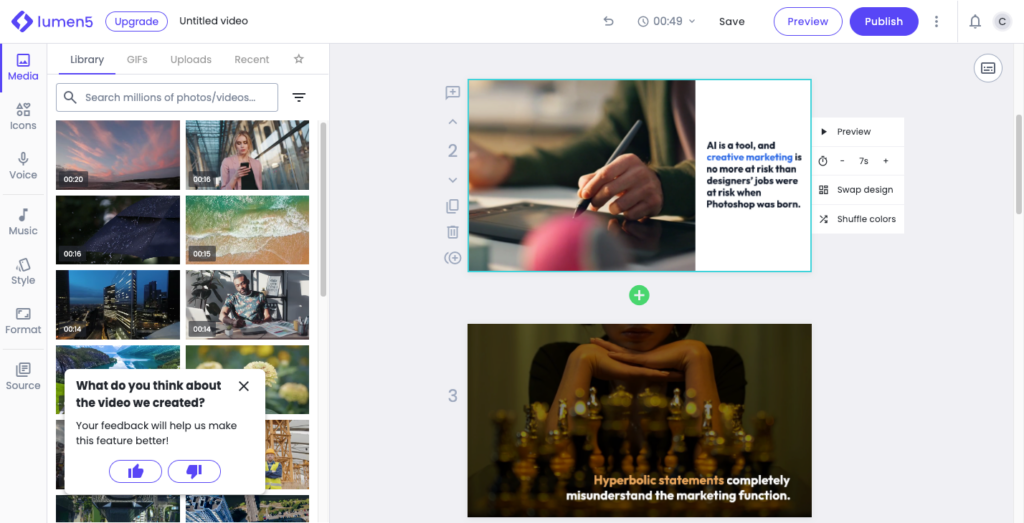
Adobe’s AI platform enhances creative workflows across the Adobe suite: from automating mundane tasks to analysing content performance across channels.
Einstein is Salesforce’s AI technology that brings predictive analytics and personalised customer experiences to marketers. It helps with lead scoring, customer insights, and automation of marketing tasks, enabling more effective and targeted campaigns.
Descript is a versatile tool for video and podcast editing. Its AI capabilities allow for automatic transcription, audio cleanup, and easy editing of multimedia content.
Phrasee uses AI to generate and optimise marketing language for email subject lines, push notifications, and social media ads, enhancing engagement rates.
MarketMuse uses AI to analyse content and provide recommendations for improving SEO and content quality, ensuring your marketing materials perform well.
Check out our review of more AI content tools here.
4 things AI can’t replace in marketing (yet)
As it gets more and more attuned to brand voice, humans are essential for differentiating you in an AI “sea of sameness”. Here are just a few of the obvious areas where a human is required:
1. Strong opinions:
AI often misses the mark on bold, impactful opinions. Humans add their perspectives and thought leadership, disrupting the feed and creating deeper connections.
2. Deep audience understanding:
AI analyses data, but it doesn’t have the empathy and intuition humans use to understand their audience’s needs and preferences deeply.
3. Relationship with peers:
We always say B2B is really human to human. Personal interactions and networking are key marketing elements and often help move the needle on sales. AI can’t replace the value of human relationships and collaboration.
4. Creativity and innovation:
While AI is great at giving you a starting point, assisting with content generation and editing, over-relying on it will just make you look and sound like everyone else. Use GenAI to free up time for more innovation and creative thinking.
“Keeping in mind that AI is generative and based on the ingestion of previous content, we often use it to help test the degree of innovation in messaging or individual pieces of content. The answers that it gives reflect conventional wisdom, which allows us to create a baseline of what people generally know or what companies are already saying.
That baseline allows us to see where we can do better and push the envelope. It also helps us push our clients to go further and differentiate their brand messages by showing them what is generic and what is innovative.”
Christopher Fox, Founder, Ideas-Led Growth
3 regulatory issues to keep an eye on
Regulations worldwide are catching up with GenAI and it’s important for marketers to stay tuned on how these changes will affect them.
Here are just a few of the key ones to be aware of:
1. Transparency and copyright:
Ongoing debates around the copyright of AI-generated content haven’t been fully resolved. From questions of design trademark, disclosure, fair use and transformative use, the answer is more complicated than ever.
One route we’re heading towards is that of greater transparency, such as clear disclosure when AI is used to create content or interact with users. For example, EU regulations require users to be informed when they are engaging with AI systems, ensuring that consumers are aware they are interacting with a machine rather than a human.
We’re also seeing platforms such as LinkedIn and Instagram demand that AI-generated content be labelled and credited as such.
Good practice:
- Don’t input sensitive information into your AI tools
- Disclose when content is AI-generated
2. Data privacy and governance:
Compliance with existing data protection laws, such as GDPR in Europe, is crucial. GenAI systems often process vast amounts of personal data, and improper handling can lead to significant breaches. And, AI tools won’t always understand what’s ok to share online without human supervision.
Good practice:
- Vet the tools you use and what data it’s trained on
- Involve other members of your company in the selection process including your chief data officer (CDO), chief technology officer (CTO), and more, as available.
3. Misinformation and bias
From deepfakes to “hallucinating” information, there is a high risk of misinformation associated with GenAI.
On top of that AI has its own bias which can prove discriminatory, as was the case with Facebook’s sex discrimination case, in which its AI-ads hid certain jobs from women.
The EU AI Act aims to add stringent requirements for AI, including transparency, accountability, and technical robustness. It also bans certain AI uses deemed manipulative or exploitative.
Best practice:
- Fact check: implement a robust review process for any AI-generated material.
- Develop templates and libraries to increase accuracy of output
Use AI as a baseline for innovation
The verdict is in: GenAI isn’t going anywhere so you might as well embrace it.
Get into the habit of integrating it into your marketing routine to save time on less creative tasks, giving you more time to add real value with innovative and bold thinking.
Need help creating campaigns that make you stand out? Drop us a line at hello@isolinecomms.com
Disclosure: This blog was enhanced by ChatGPT for SEO purposes.

Like what you just read?
There’s more where that came from. Sign up to our newsletter to get the latest B2B tech news, content marketing insights, tips, tricks, memes, and more, delivered straight into your inbox every month.
